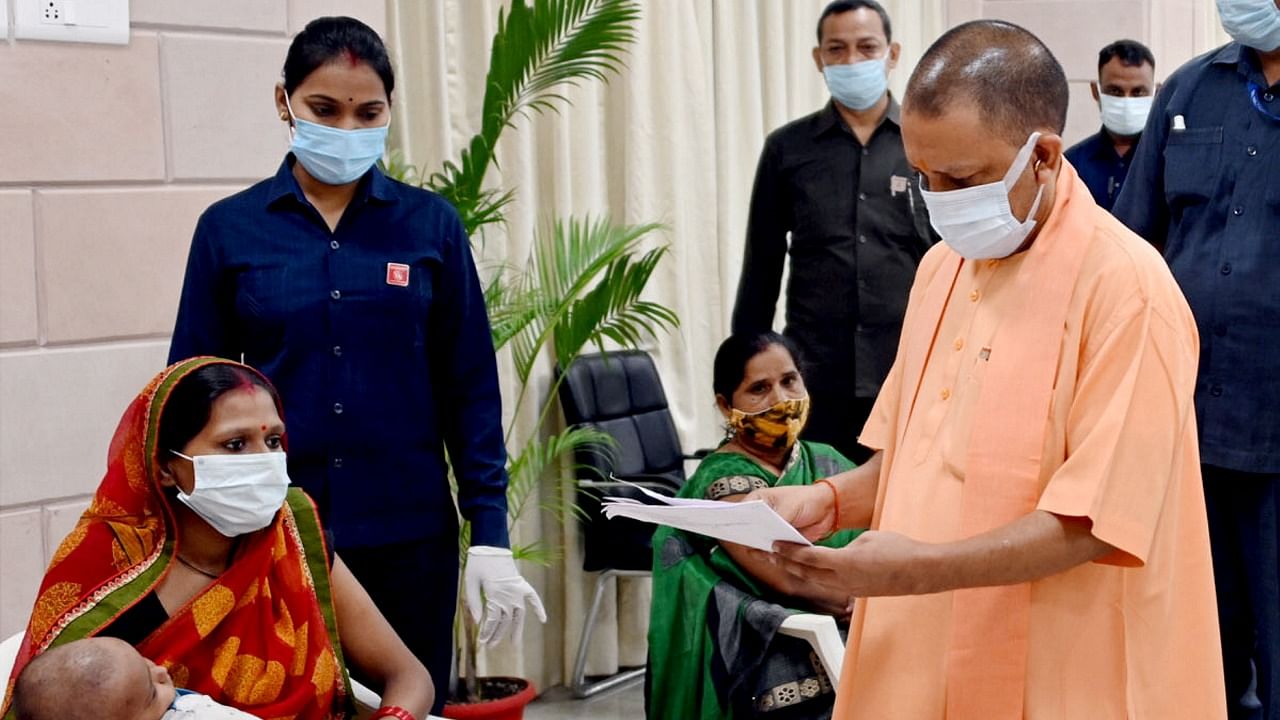
India has experienced an unprecedented and accelerated growth of population. Various attempts were made to find the right solution to overpopulation, but with time, all of them bit the dust. More than 30 proposals, measures and legislation qua Private Members’ Bill were introduced in legislative bodies in the last decade, but nothing proved suitable enough. At least 12 states, at some point of time, implemented the two-child policy for government employees or for people contesting local elections.
Uttar Pradesh has become the latest to present a legislation for population control on the World Population Day. The UP Population (Control, Stabilisation and Welfare) Bill 2021 aims to bring down fertility rate among women to 2.1 by 2026 and 1.9 by 2030, from the current rate of 2.7. The much-awaited policy is also aimed at decreasing the Total Fertility Rate (TFR), which is 1.8 in urban areas and 2.3 in rural areas right now, increasing use of contraception from the current 31% to 52% by 2030, and decreasing maternal and infant mortality rate. It also promotes the two-child policy by debarring people with more than two kids from contesting local elections and bringing disincentives in government jobs and subsidies.
The other provisions of the bill are: Increase accessibility of contraceptive measures, provide a proper system for safe abortion, better education, health and nutrition for adolescents aged between 11 and 19 years. The bill also provides for several incentives like out-of-turn promotions, two extra increments and paternity leave of 12 months with full salary and allowances, and 3% increase in employer’s contribution under the National Pension Scheme. Citizens who are not government employees will get benefits like rebates in taxes on water, housing, home loans, etc. Another important provision is the constitution of a state population fund and the introduction of population control as a compulsory subject in all secondary schools.
However, the policy has come under severe criticism as it may lead to rise in foeticide, female infanticide and a skewed sex ratio. The government must check social, scientific and demographic developments in order to make this legislation a success without political motivations. It is a well-established fact that fertility rates are linked to social and economic indicators like poverty, health and literacy. The National Family Health Survey shows that fertility rates are higher among Scheduled Tribes, Dalits, Muslims and OBCs. Further, women in sections of population with the lowest income have the highest fertility rate. In other words, they are both poor and socially oppressed.
Section (8) of the bill denies benefits of government-sponsored welfare schemes to those who break the two-child norm; it provides for denial of government jobs and even promotions. This is framed as an open-ended clause, which means that right to housing, education and various social security schemes can be denied if a third child is conceived after the law comes into force. A specific sub-clause states that subsidised rations will be given to only four units. This is in clear violation of the Food Security Act that has no such conditions.
The law also debars people with more than two children from applying for government jobs, and dismisses government employees if they violate this policy. To circumvent this and other similar issues, the bill has an obnoxious clause — that it "overrides any other law in force".
The Supreme Court had also upheld the legislation debarring people with more than two children from contesting elections in Javed & Ors v/s State of Haryana & Ors, 2003, contradicting the historic International Conference on Population and Development held in Cairo in 1994, which gave the slogan of “development is the best contraceptive”. The declaration was adopted by 179 countries including India.
This approach was reflected in the National Population Policy 2000 adopted during Atal Bihari Vajpayee’s time, which committed the government to a “target-free approach” based on “informed and voluntary choice of citizens”. As recently as December 2020, in an ongoing petition in the Supreme Court, the Union Health Ministry stated in its affidavit that “the ministry will not implement a mandatory two-child policy by denying government jobs and subsidies”.
The UP legislation, if implemented, can put women’s health and well-being at risk. It is likely that female sterilisation will increase further. It can lead to unsafe abortions given the strong son preference in India.
At the same time, it’s a harsh truth that overpopulation exerts strain on limited resources. It is, therefore, necessary that the provision for basic necessities —which includes affordable food, safe drinking water, decent housing, livelihood and a secure living — is accessible to all citizens. It is an undeniable fact that overpopulation in India is causing poverty, unemployment, underemployment, low per capita Income, shortage of food, burden on non-renewable resources, decline in the standards of living, slow economic development and political unrest. But we cannot destroy or remove or take coercive action against our large population through legislation by infringing basic constitutional rights or by depriving citizens of their choices.
On the other hand, the measure that can be adopted to control population is family planning through a motto like “child by choice and not by chance” or “child by aspiration and not by accident". The benefits of birth control methods, marriage at a higher age, advantages for small family and provision of social security should be included in the curriculum. Population control should be done with an affirmative approach of providing people with incentives, tax relaxation and better standards of living rather than forcing them through deterrent provisions of debarring them from their rights and choices.
(Abhinav Narayan Jha is a law scholar and political analyst, Thakur Ankit Singh is an advocate)